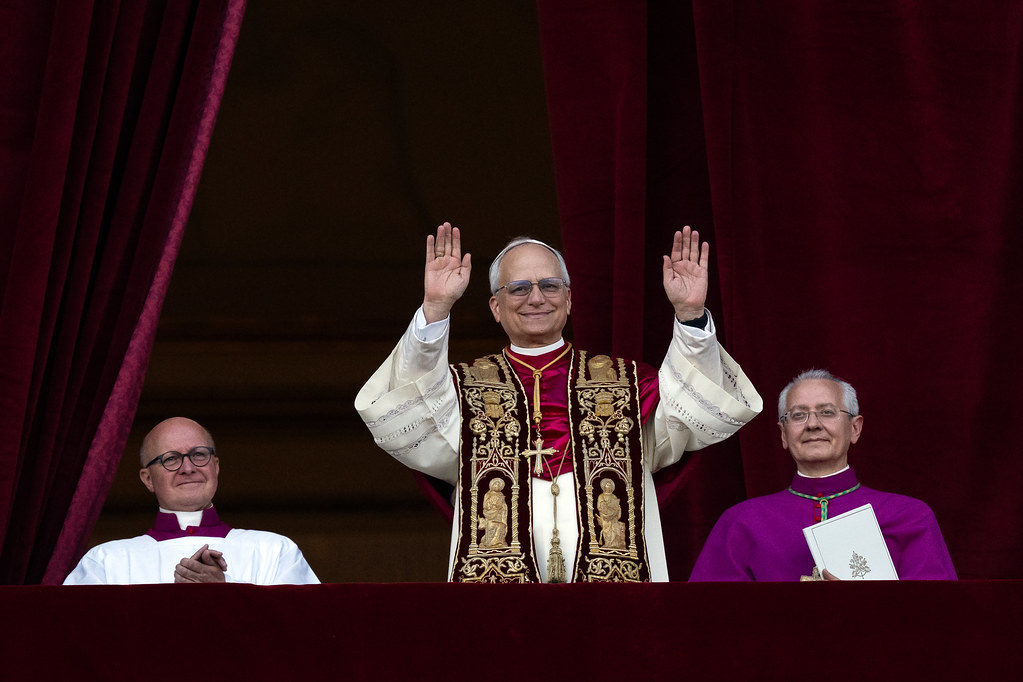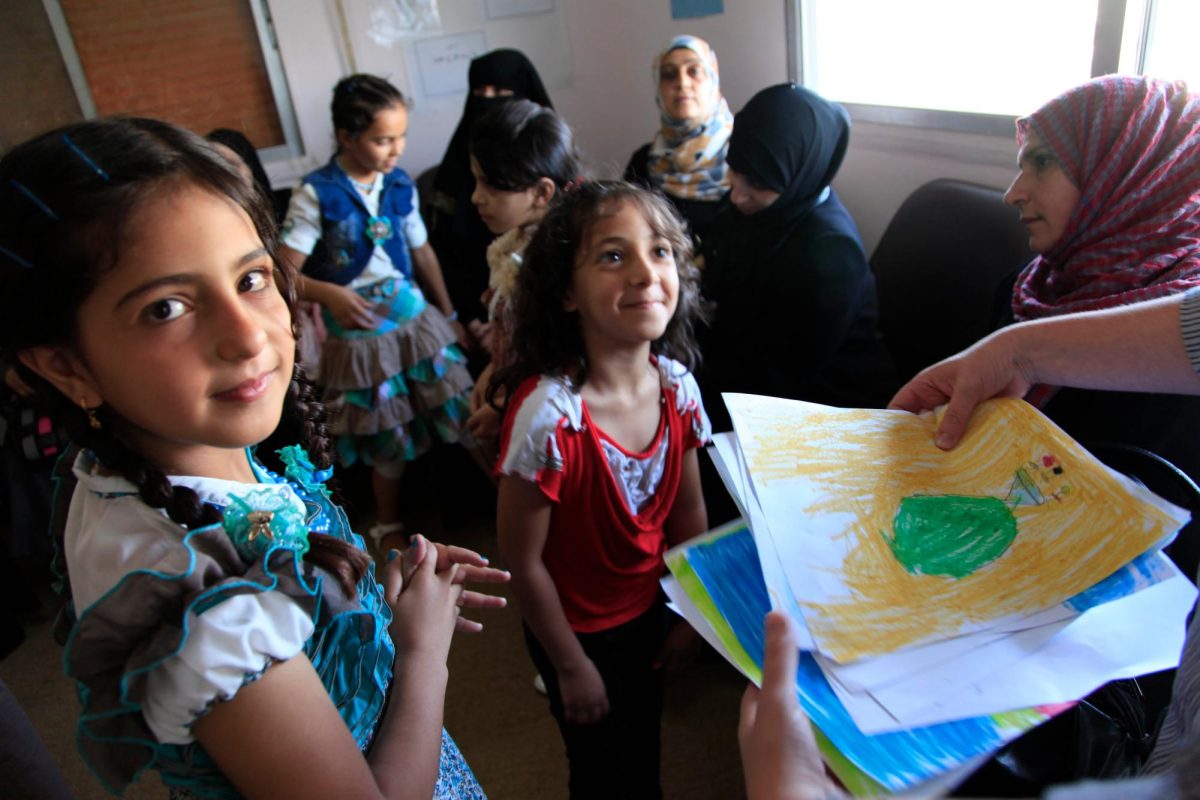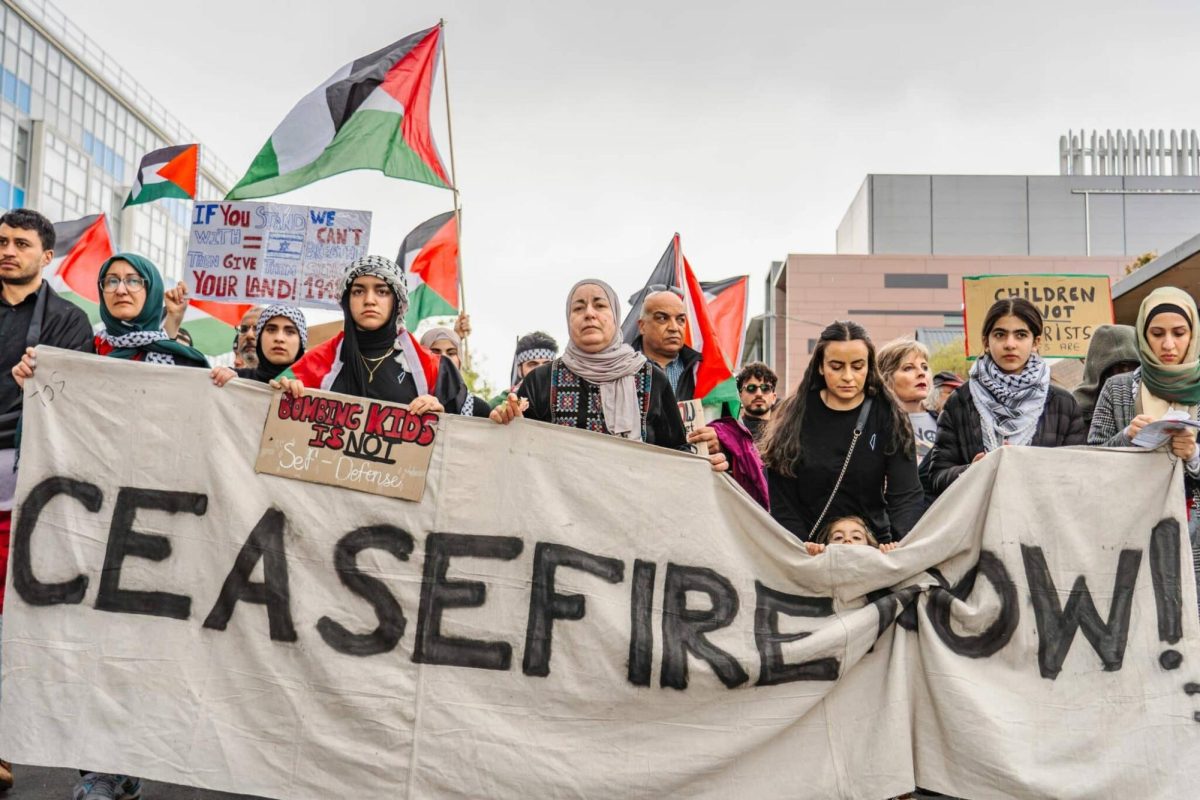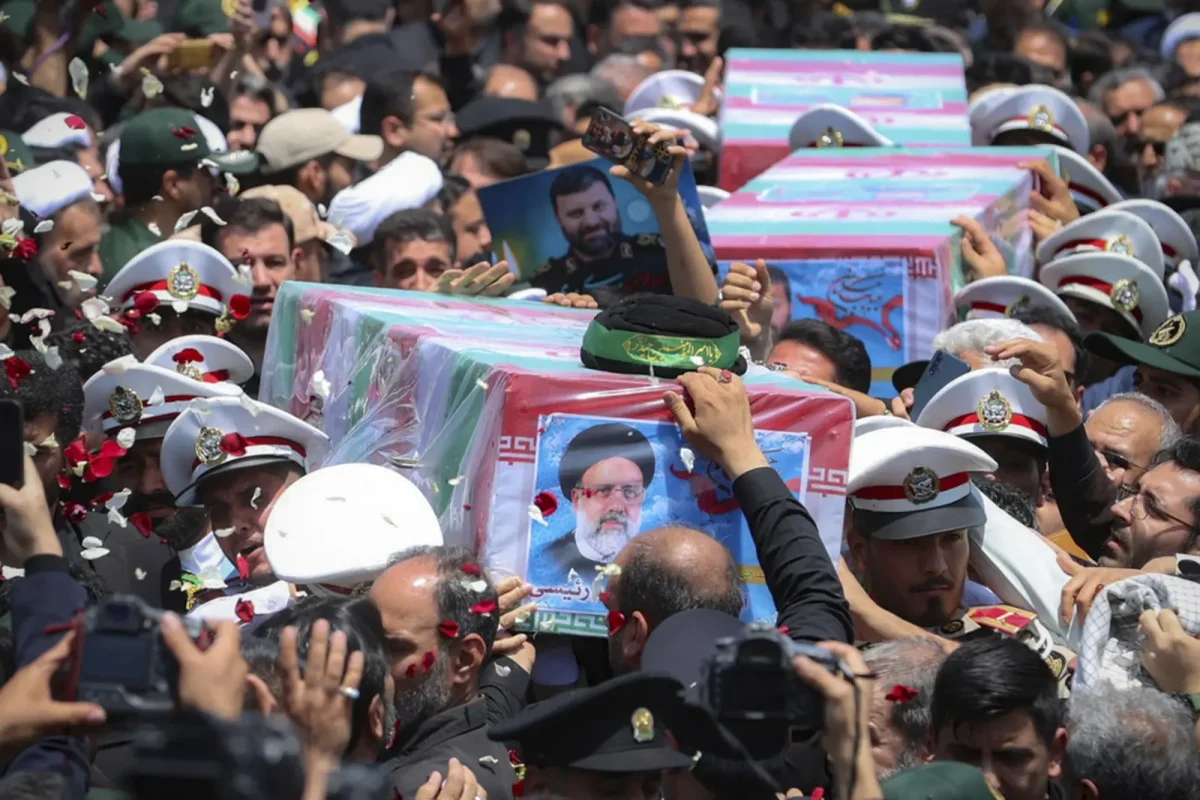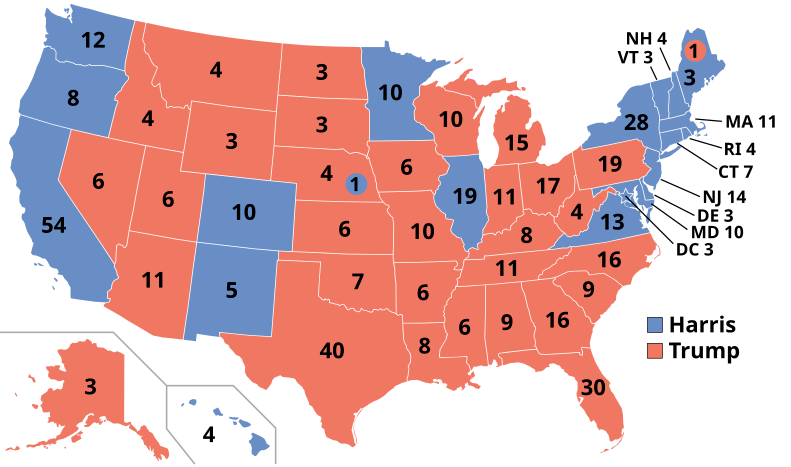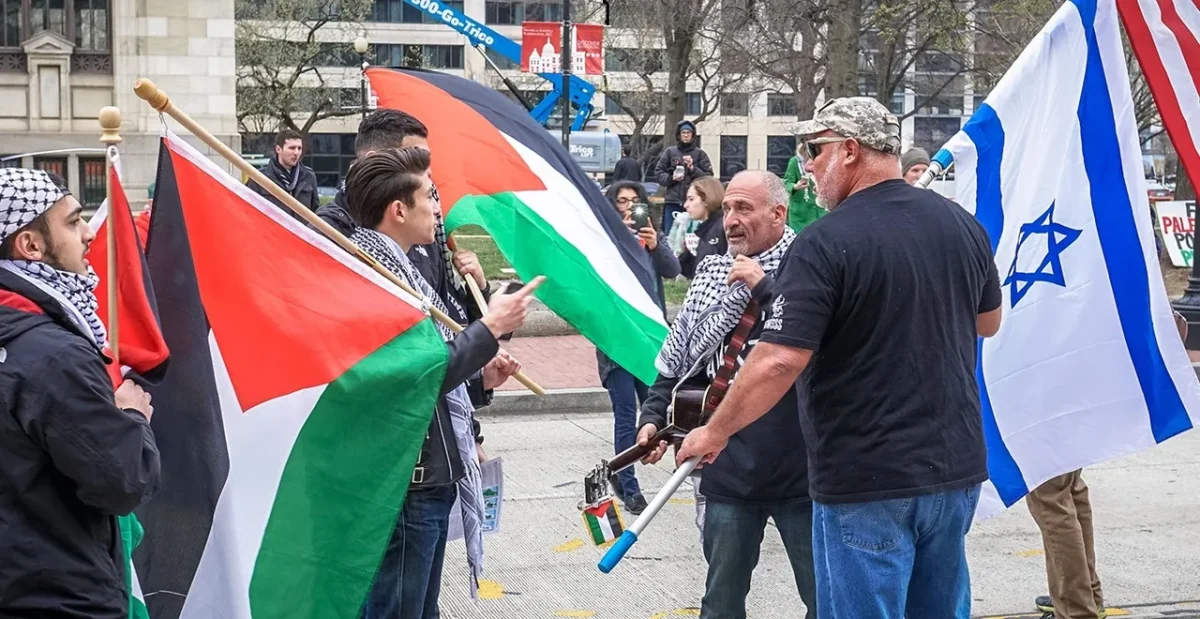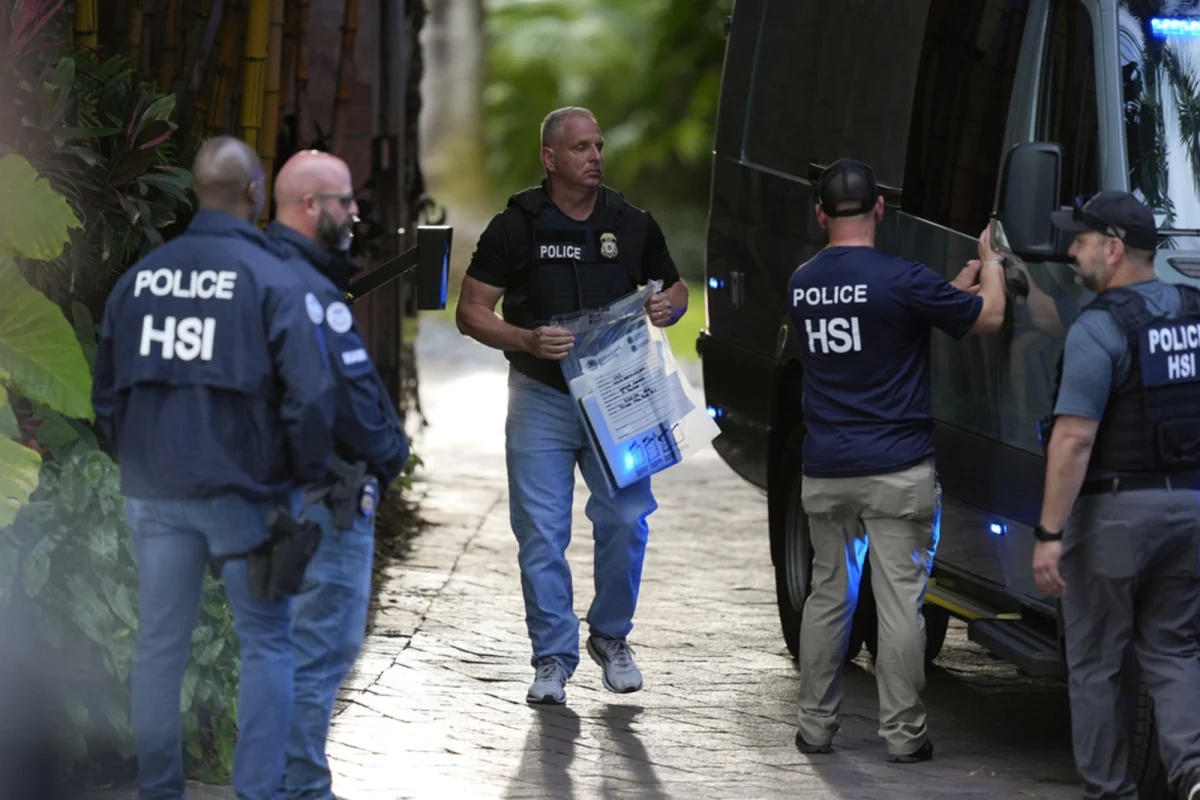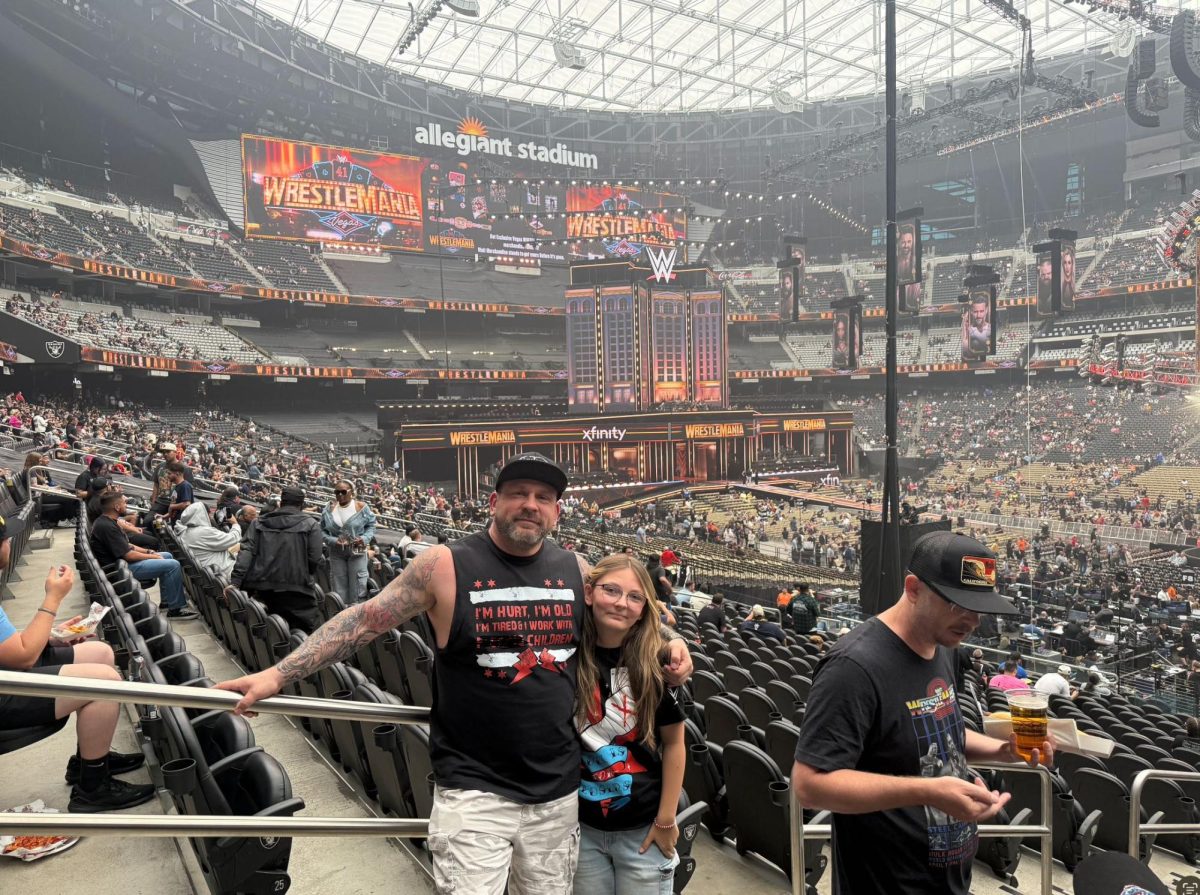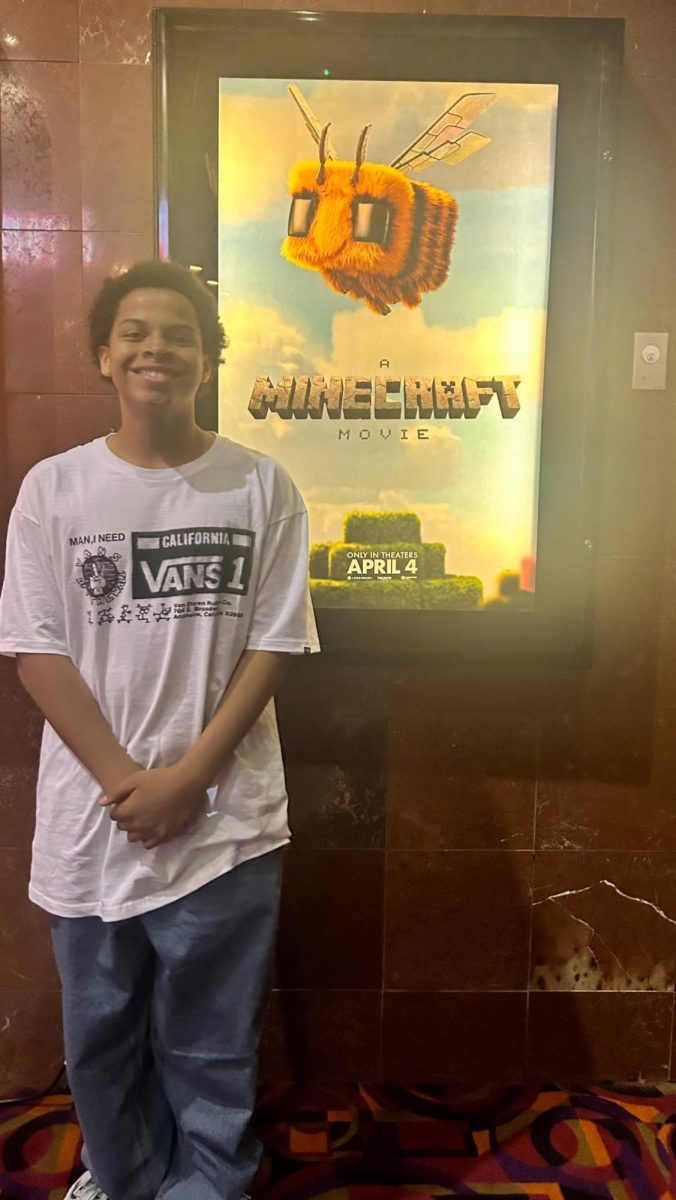On March 1, 2025, the first stage of the ceasefire deal between Israel and Hamas expired after 42 days. Negotiations for the second stage never happened although intended to begin 16 days after the end of the first stage. Israel and Hamas faced a multitude of disagreements during the first stage, and the ceasefire deal remains under an extremely strained status.
Throughout the last two weeks of January and the entire month of February, Israel and Hamas worked to meet the goals within the first stage of the ceasefire. Hamas released a total of 33 Israeli hostages, 25 living and eight deceased, and Israel returned nearly 2,000 of Palestine’s prisoners, and allowed more displaced Palestinians to safely return to their homes, and partially withdrew from select areas in Gaza, and allowed humanitarian aid in the form of trucks to enter Gaza. Each of these measures meets the requirements of the ceasefire’s first stage, but the requirements happened with heavy tension between Israel and Hamas.
Neither Israel nor Hamas disclosed any precise requirements for the ceasefire’s second stage, but when the ceasefire initially went under effect, both parties established a number of general conditions to meet. The second stage looks to transition the ceasefire from a temporary to a permanent status, continue the exchanges of Palestinian prisoners and Israeli hostages, and completely extract the Israeli military from Gaza.
The prolonged intermission between stages one and two brings out more disagreements between Israel and Hamas. For roughly two weeks, Israel put up blockades around Gaza borders, preventing humanitarian trucks from supplying the people of Gaza with essential resources including food and water, in time with the beginning of Ramadan. Despite the ruined state of the Gaza strip, many Palestinians held Ramadan celebrations, but the blockade of humanitarian trucks posed a challenge. Gaza civilian Fatima Al-Absi lost numerous people and places precious to her as a result of the Israel-Hamas conflict. Al-Absi states, “Everything has changed. There’s no husband, no home, no proper food and no proper life,” as the first day of Ramadan elapsed.
Israeli Prime Minister Benjamin Netanyahu blames Hamas for the blockade, claiming that Hamas uses the humanitarian supplies for themselves rather than distributing it amongst Palestinian residents. Additionally, Israel also does not intend to take down the blockade unless Hamas agrees to extend the duration of the ceasefire. Hamas denies Israel’s claims which continues to strain negotiations between the two forces. An unnamed representative and spokesperson for Hamas responded to Israel and claimed, “Netanyahu’s decision to stop aid going into Gaza once again shows the ugly face of the Israeli occupation… The international community must apply pressure on the Israeli government to stop starving our people.”
On Sunday, March 9, Israel stopped power from entering Gaza following the blockade placements in the area, in an attempt to pressure Hamas into accepting the offer of extending the ceasefire. The power cutoff impacted a major water desalination plant, disabling an important water supplier to the people of Gaza.
While Israel looks to extend the ceasefire and demand an immediate release of more of their hostages, Hamas prioritizes establishing the second stage of the ceasefire more precisely. These conflicting goals, along with Israel’s hostile actions against Gaza weakens the likelihood of a ceasefire continuation and the relationship between Israel and Hamas.
Editor Note: This story was written before the termination of the ceasefire on March 18,2025

